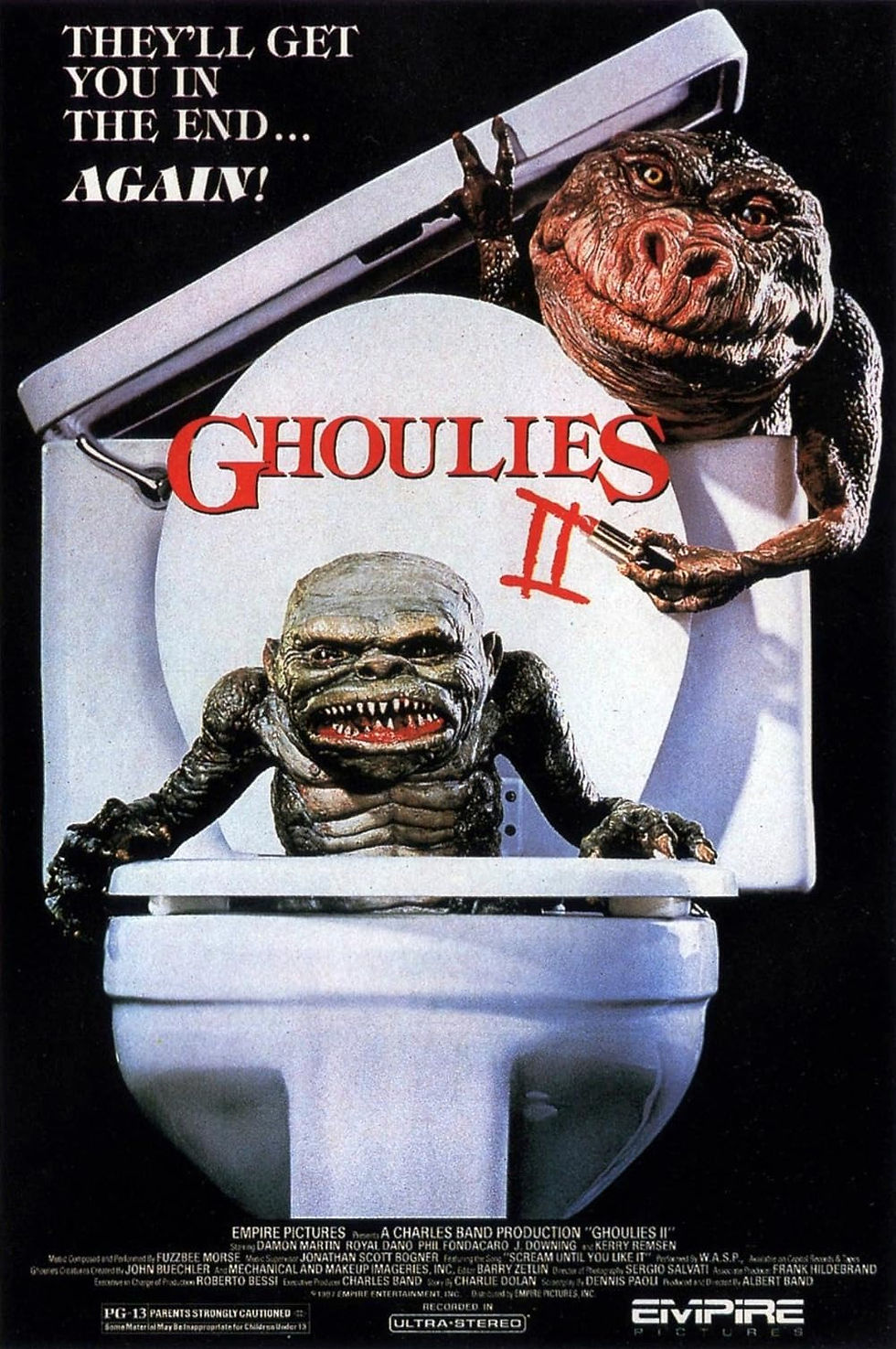Mario Bava: Italian Godfather of Giallo and Gothic Horror
- Allan Major

- May 24, 2024
- 2 min read

Mario Bava wasn't merely a horror director; he was a painter of the macabre, a technical wizard who conjured nightmares with bold colors and a feverish imagination. His films transcend their often low-budget origins, becoming unforgettable symphonies of the grotesque and the sublime. A master of atmosphere, suspense, and a darkly sensual style, Bava forever altered the landscape of horror cinema.
Inventing the Giallo: Beauty and Bloodshed
Bava is a towering figure in the development of the giallo genre. Films like "The Girl Who Knew Too Much" and the iconic "Blood and Black Lace" established the tropes that would define this uniquely Italian subgenre: the stylish masked killer, elaborate set-piece murders, an emphasis on aesthetics, and a labyrinthine plot. Yet, Bava's heroines weren't mere victims. They were complex characters drawn into his twisted, visually seductive mysteries.

Gothic Splendor and Unsettling Atmosphere
Bava's gothic sensibilities set him apart. "Black Sunday," with Barbara Steele's mesmerizing performance and its decayed grandeur, is a masterpiece of atmospheric unease. In films like "Kill, Baby...Kill!" crumbling estates and spectral figures create a lingering sense of dread. His films are living nightmares, where shadows hide as much as they reveal.
The Bava Style: Blood as Paint
Mario Bava's films are instantly recognizable. His use of lurid colors transforms blood into a twisted form of pop art, while stylized lighting creates a world where beauty and horror become indistinguishable. Murders are shocking, yet possess a macabre elegance, choreographed with a focus on visual impact as much as narrative logic.

Technical Innovation: Advancing the Art of Horror
Bava's genius extended beyond the surface spectacle. His fluid camerawork, unsettling zoom effects, and ingenious practical tricks elevated genre filmmaking, pushing the boundaries of the time. He was a master manipulator of mood and tension, decades ahead of his peers in understanding the tools of cinematic horror.
Legacy: Inspiration for Generations
While often underappreciated during his lifetime, Bava's impact on cinema is profound. Directors like Dario Argento absorbed his visual flair, while countless modern filmmakers draw inspiration from his ability to transform the macabre into moments of breathtaking beauty. He was a cinematic visionary, proving horror can be as visually arresting as it is viscerally terrifying.







